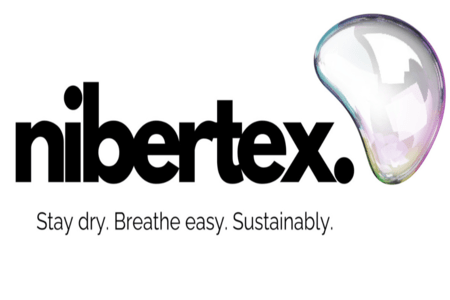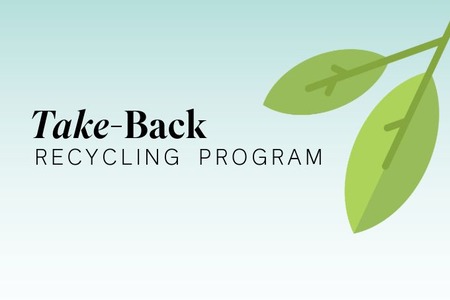Wearables for elder care remains to be an untapped market
YarnsandFibers News Bureau 2016-12-02 11:00:00 – New YorkSeniors represent one are that holds particular promise in wearable, which remains to be an untapped market for tech companies. While just 13 percent of America’s population is 65 or older today, that slice will jump to 19 percent by 2030. According to analysts predict, medical applications will soon account for the largest share in the smart textile industry, reaching $843 million by 2021.
Previously, smart textiles weren’t so wearable. Indeed, their metallic fibers were bulky and unattractive. But new futuristic threads—called “smart yarnâ€â€”allow designers to embroider circuits into fabric, making wearables lightweight, comfortable, and low-cost.
Wearables that foster healthy and independent living will soon fill seniors’ wardrobes, too. With advances in nanotechnology, “smart clothes†that monitor seniors’ health and remind them to take their medications are on the way.
Wearables empower patients to take control of their health and manage chronic illnesses. Chronic disease represents 86 percent of U.S. health spending. By some estimates, nine in 10 seniors have at least one chronic condition.
Technology that helps seniors avoid complications from their conditions could yield tremendous savings by eliminating unnecessary hospital stays.
Smart watches are already being used to alert patients to take medication. Soon, seniors with hypertension could use wrist-worn devices to track blood pressure, too. And seniors with diabetes may soon benefit from intelligent footwear.
New Zealand startup Footfalls and Heartbeats and the University of Nottingham are developing sensor-equipped “smart socks†that warn diabetics when they are at risk for foot ulcers.
T-shirts from Canada’s OMsignal, meanwhile, can keep track of wearers’ stress levels and send vital signs to doctors. The company believes its thread-based sensors will help prevent everything from heart failures to seizures.
For the 6 million seniors suffering from vision loss, mobility is often a nightmare. Sensors can change that. Designers are developing new sensors that emit ultrasound waves to detect objects that can be clipped to clothing or woven into vests. As the user approaches an obstacle, the sensor vibrates, growing in intensity and frequency the closer the obstacle gets. Tactile Navigation Tools’ Eyeronman vest employs three different types of sensors to guide users. The vest’s sensors communicate with an electronic textile shirt, which vibrates in a particular spot to indicate impending obstacles and their locations.
According to government estimates, one in three seniors will suffer a fall each year, and one in five falls will result in a broken bone or head injury. Treating these falls costs $34 billion annually, and the problem will only become more prevalent as baby boomers age.
If wearable technology can in fact help reduce the risk of falling, the benefits would be enormous. Washington-based Sensoria recently teamed up with Orthotics Holdings Inc. to develop a brace that uses flexible textile sensors to alert wearers when they are about to lose their balance.
Perhaps most importantly, new technology can prevent life-changing injuries caused by falls.
Market Intelligence
Ask for free sample Report

experience
Customer Base
dedicated team
Countries Served Worldwide









